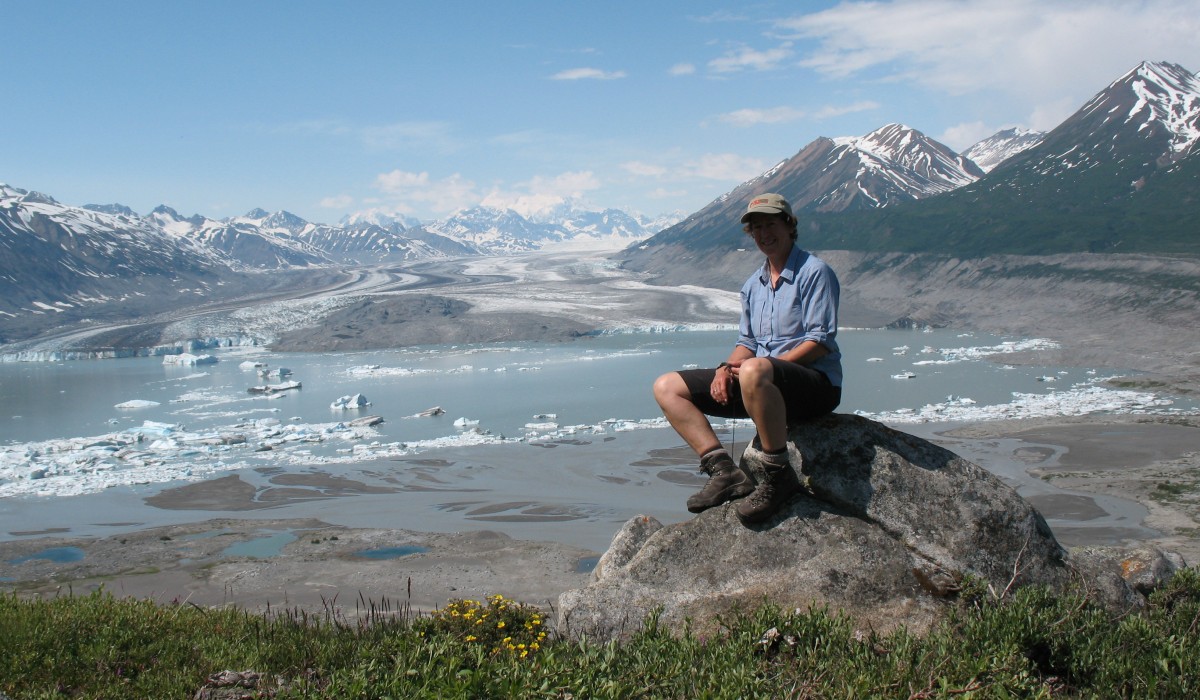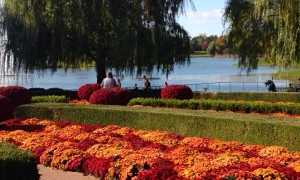
by Kate Dernocoeur, guest blogger
Certain eloquent moments in the natural world cause a welling up in me that yields unexpected, unbidden tears. It happened the first time I witnessed a breeching whale, and again when I saw a wolf on a far-off ridge in Yellowstone Park raise its nose to the day, then finally heard its plaintive howl. The same welling up occurs when I witness a glacier “calving”—that moment an icy edge lets go and plummets to the water below with a surprising array of sound: Crash. Splash. Rumble. Scrape. Crack! Sploosh. Glaciers are amazing.

It’s tempting to frame an understanding of them through facts. The National Snow and Ice Data Center (Colorado) website says that ten percent of land is covered by glaciers, and sea level would rise approximately 70 meters worldwide if all that ice melted. Some Antarctic ice is over 4,200 meters thick; glaciers store about 75 percent of the world’s freshwater. Ice shelves in the Antarctic calve icebergs more than 80 kilometers long, and glacial ice crystals can be the size of baseballs. The bluer the ice the denser, as eons of pressure coax out even the tiniest air pockets.
But my understanding of glaciers is more personal. It started in 2009 in the world’s second-largest non-polar ice cap in Wrangell-St.Elias National Park (Alaska and Canada). For sixteen days on the Alsek River, we visited many glaciers, starting with Lowell Glacier (particularly fun, since I live in Lowell, Michigan).
We rafted past them and often hiked on them. I tried to bite into shards of the ancient, clear ice: impossible. I discovered glaciers to be as individual as people, some smooth and approachable, others prickly and difficult. Each is a magnificent natural sculpture, kinetic art that alters the surroundings as it is altered by them. Glaciers may be slow, but they are always engaged with the world, reshaping it.
There is continuous splash and ripple as the icebergs—some as large as apartment buildings—on glacial lakes calve, too.
A visit to the world’s largest non-polar icefield at the tip of South America confirmed my notion, hatched in Alaska, that glaciers seem like immense organic beings, not just lumps of ice. They have moods, and good days and bad. As we approached Argentina’s Perito Moreno glacier, severe winds sent up such an intense spray that it generated a wind-bow. Walking on the glacier later required crampons and close attention to the guides, for fear of becoming lost in the spires and valleys.
Earth’s climate makes the future questionable for glaciers, we know this. I am saddened, the way a beached whale saddens me. I ponder the varied eloquence of glaciers and their gifts of wonder, and hope humankind can take heed. To be in the presence of a glacier is like being with a treasured teacher. The size and power yet grace and mystery of a glacier reminds me that while my own needs and cares are valid, they are little. To encounter a glacier is to be humbled, in a most wonderful way.
To see an impressive sequence of glacial calving, see “Moreno Glacier, Argentina, Feb. 2011 video by Mary Allen” on YouTube .
 Kate is a fun loving woman who loves to “dress up” for costume parties. An avid traveler, she uncharacteristically finds herself at the moment without reservations to anywhere—at least not yet.
Kate is a fun loving woman who loves to “dress up” for costume parties. An avid traveler, she uncharacteristically finds herself at the moment without reservations to anywhere—at least not yet.
Enjoy her previous DesignDestinations post about her trip to Nicaraguaand Patagonia.












